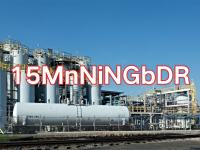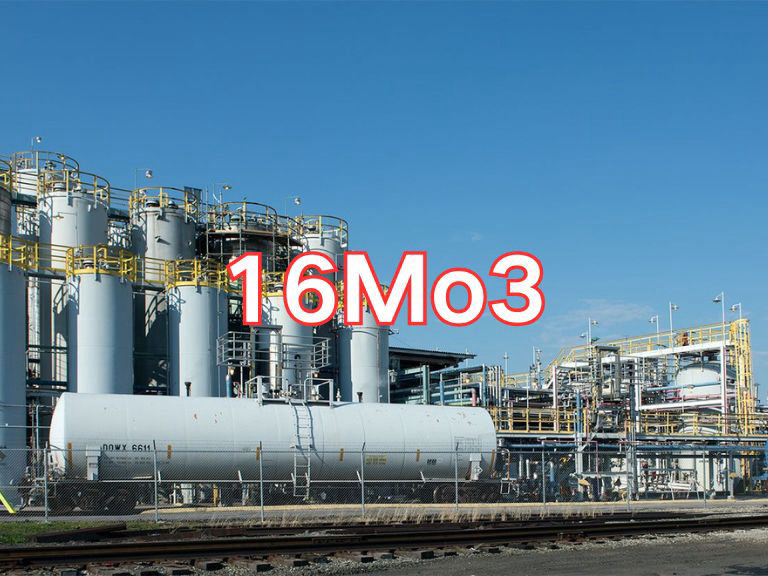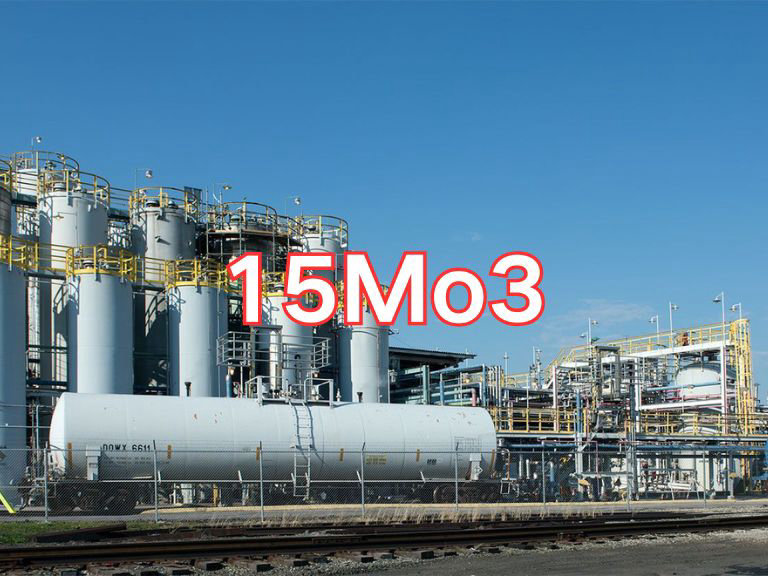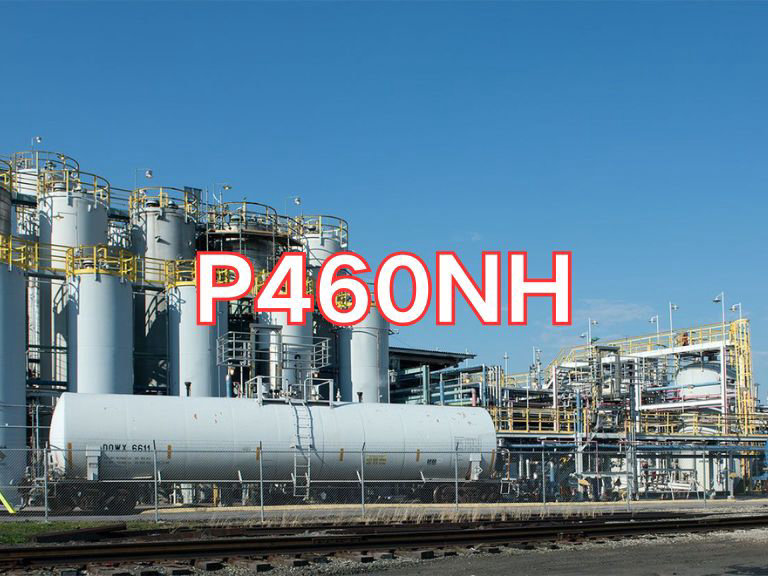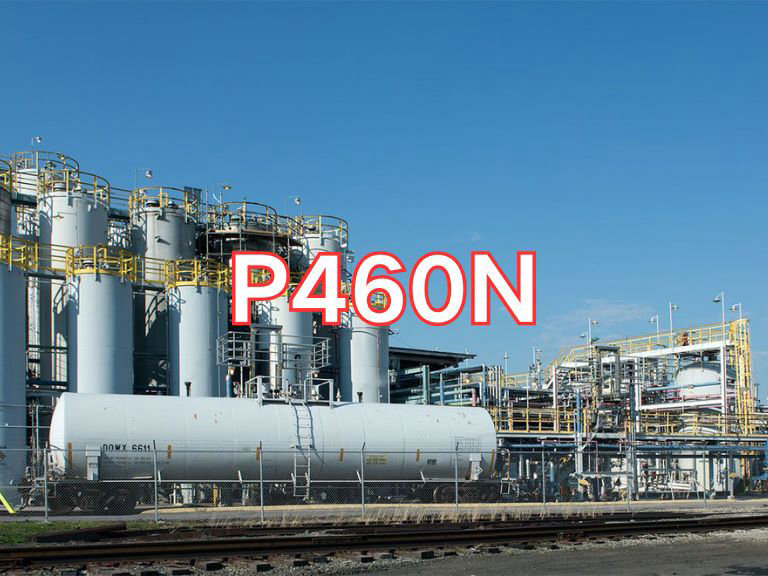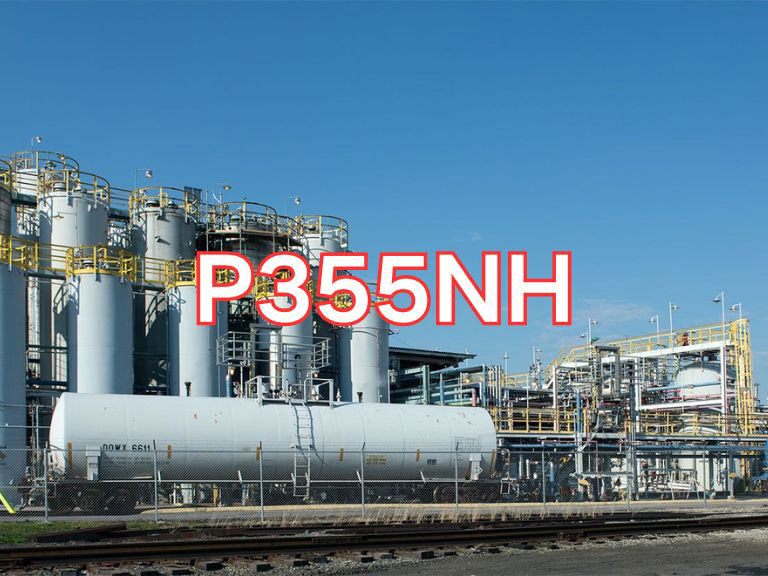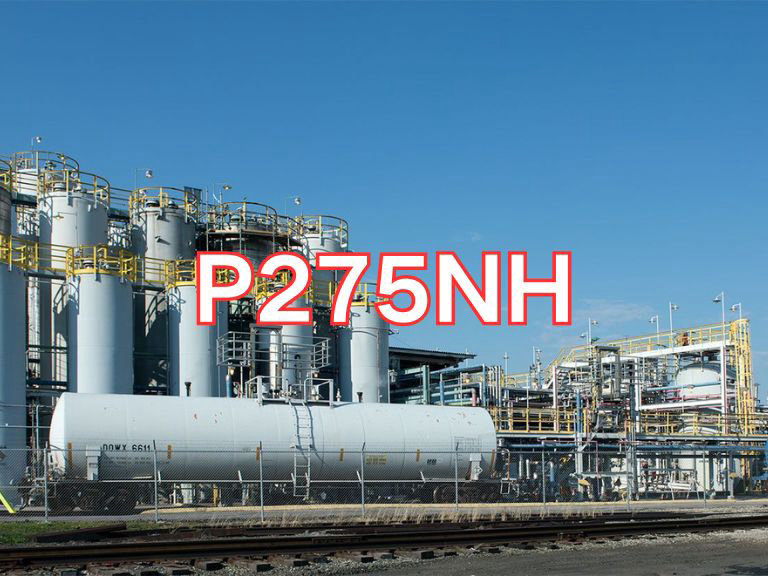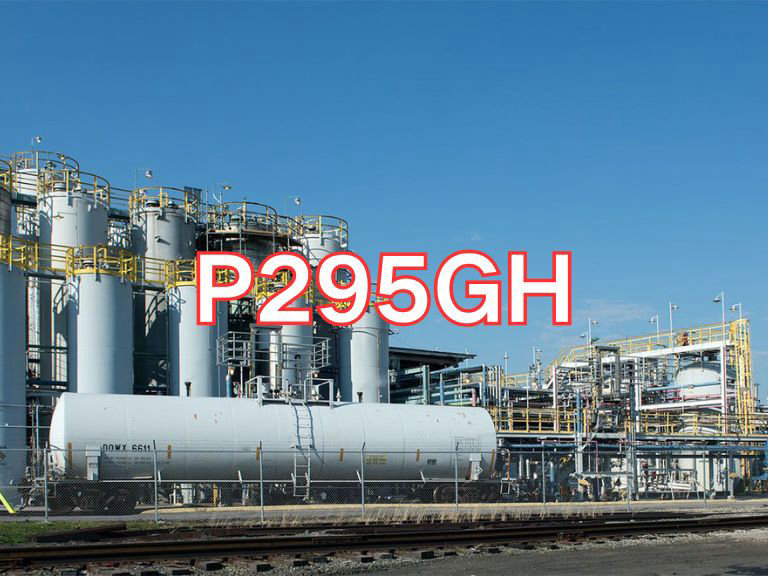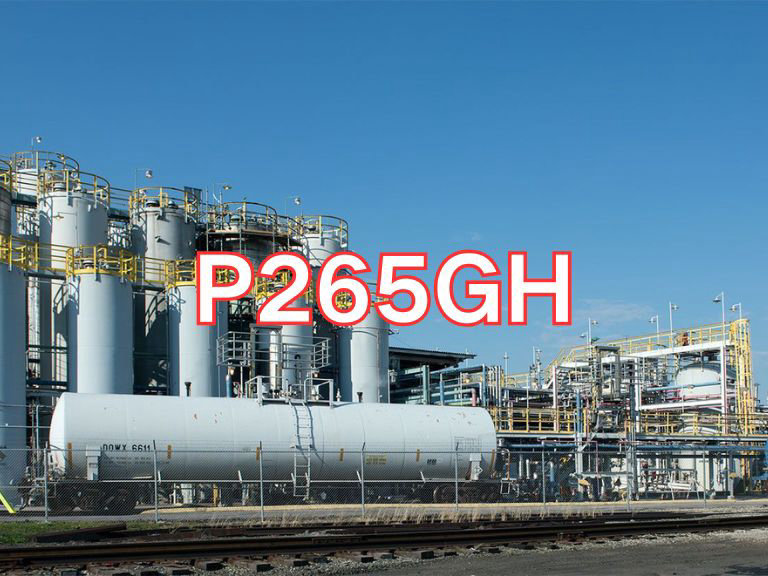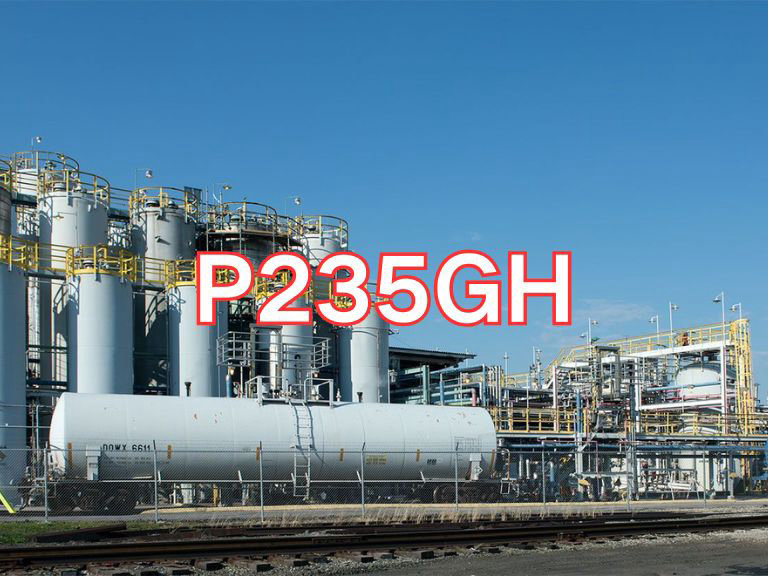

15MnNiNGbDR
15MnNiNGbDR is a high-strength, high-toughness low-alloy steel specifically designed for ultra-low-temperature applications, primarily used in the manufacture of pressure vessels operating at extremely low temperatures ranging from -40°C to -70°C.
The grade designation carries precise technical meaning:
"15" indicates an average carbon content of approximately 0.15% (by weight);
"Mn" and "Ni" represent the key alloying elements manganese and nickel, with nickel significantly enhancing low-temperature toughness;
"N" denotes the addition of nitrogen, which improves steel purity and microstructural stability through nitride formation;
"Gb" is a combined abbreviation for the microalloying elements niobium (Nb) and boron (B) ("G" corresponds to "Nb" from "Niobium", "b" stands for "Boron"), used to refine grain structure and enable precipitation strengthening and hardenability control;
"D" signifies quality grade D, requiring Charpy impact testing at -20°C;
"R" stands for "Rong" (Chinese pinyin for "vessel"), indicating its use in pressure equipment.
Thus, 15MnNiNGbDR refers to a specialized pressure vessel steel with ~0.15% carbon and a complex alloy system including Mn, Ni, N, Nb, and B.
This steel plate is widely used in cryogenic equipment, liquefied natural gas (LNG), liquid nitrogen/oxygen storage tanks, and polar engineering systems—applications demanding exceptional low-temperature toughness. Its key characteristics include a yield strength ≥390 MPa, tensile strength of 540–680 MPa, and an average Charpy V-notch impact energy ≥27J (KV2) at -70°C, demonstrating outstanding resistance to brittle fracture. The synergistic effect of nitride-forming elements (such as Nb and N) significantly refines the grain structure, while nickel enhances low-temperature toughness, ensuring good ductility and toughness even in extreme cold. Additionally, the steel has a low carbon equivalent, ensuring excellent weldability suitable for welding thick-section structures.
Currently, 15MnNiNGbDR is manufactured and inspected in accordance with the Chinese national standard GB/T 3531-2014 Steel Plates for Low-Temperature Pressure Vessels. Since its implementation in 2014, this standard has systematically specified technical requirements—including chemical composition, mechanical properties, impact toughness, and non-destructive testing—for various low-temperature steels, including 15MnNiNGbDR, serving as a key technical specification in China’s low-temperature pressure vessel industry. As a representative of advanced low-temperature steels, 15MnNiNGbDR fills the gap for materials suitable for -70°C service, supporting the independent development of China’s high-end energy equipment.

Ultrasonic Testing (UT)
A key non-destructive testing technique that uses high-frequency sound waves to detect internal flaws in steel plates. The probe emits sound waves, which reflect when encountering defects such as cracks or inclusions. The receiver captures the echoes, enabling precise determination of defect location and size. With high sensitivity, strong penetration, and fast inspection speed, UT effectively ensures internal quality, widely used in the production of heavy plates, pressure vessel plates, and other high-end products to guarantee safety and reliability.

Magnetic Particle Testing (MT)
A common surface inspection method that magnetizes the workpiece, causing leakage magnetic fields at surface or near-surface defects like cracks or inclusions, which attract magnetic particles to form visible indications. Simple to operate and highly sensitive, MT is suitable for rapid inspection of surface and near-surface flaws in ferromagnetic materials, widely used for online or offline inspection of plate edges, ends, and welds, ensuring product quality and safety.

Penetrant Testing (PT)
A non-destructive method for detecting surface-breaking flaws. A penetrant liquid is applied to the cleaned steel surface, allowing it to seep into defects such as cracks or pores. After removing excess penetrant, a developer is applied, causing the trapped penetrant to bleed out and form visible indications. Simple and cost-effective, PT is suitable for inspecting surface defects in various non-porous materials, commonly used for welds, castings, and complex components, effectively ensuring surface quality of steel plates.

